Food
Sam’s Club Is Now Delivering Their Famous Pizzas Right to Your Door
Enjoy Sam’s Club’s fan-favorite 16-inch pizzas with delivery nationwide, making your pizza nights easier and more delicious than ever
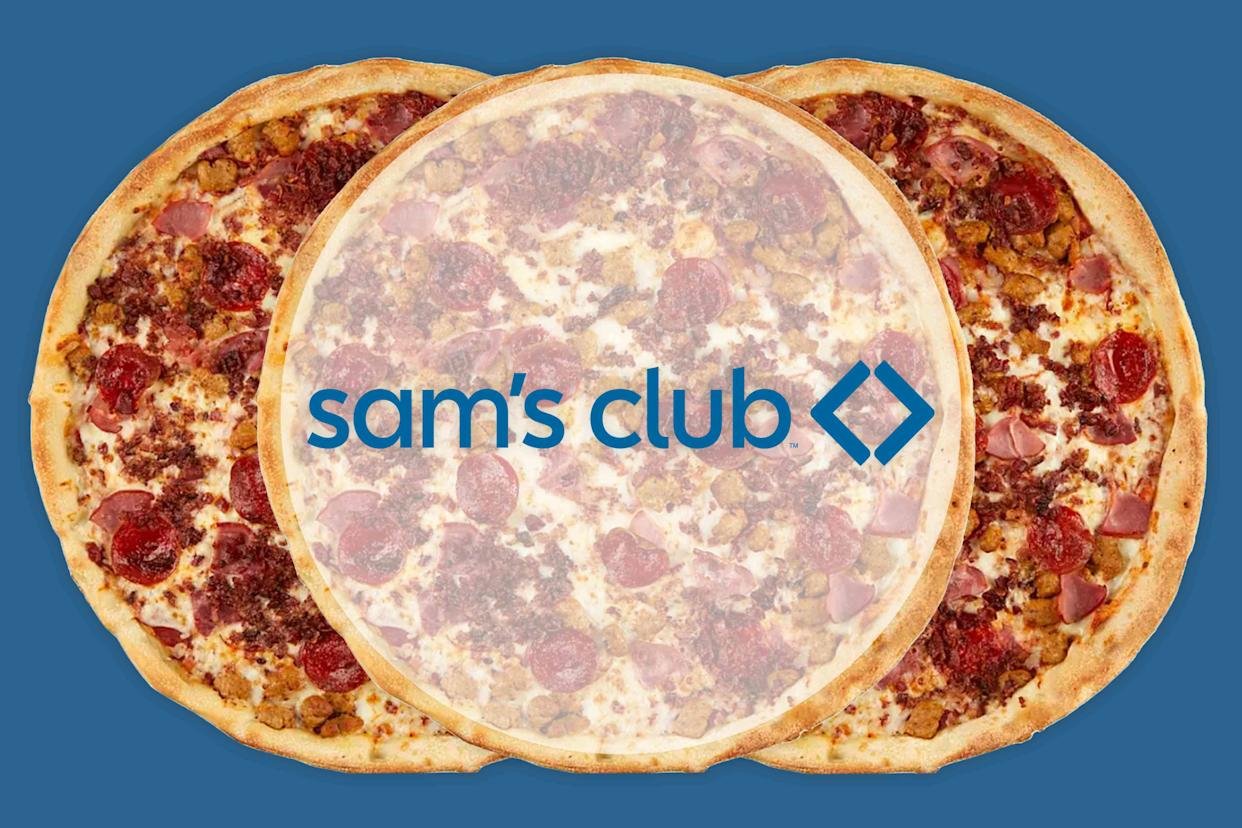
If you’re a fan of Sam’s Club’s in-store café pizzas, here’s some exciting news: you no longer have to visit the warehouse to enjoy their hot, fresh-baked pies. Sam’s Club has launched a pizza delivery service, now available at the majority of its locations nationwide, with plans to roll it out to all stores by the end of the month. This new service is perfect for anyone craving that nostalgic slice but wanting the convenience of home delivery.
Sam’s Club’s pizza menu keeps things simple but satisfying, offering three classic options: Pepperoni, Cheese, and Four Meat — the latter loaded with pepperoni, ham, Italian sausage, and bacon. Each pizza is a generous 16 inches and priced at just $8.98, making it an affordable choice for a family meal or casual get-together.
While the delivery fee is around $12 for standard shipping, Sam’s Club Plus members enjoy free delivery on orders over $50, making it easier to combine your pizza order with other bulk groceries or party essentials. If you’re in a hurry, the express delivery option will get your pizza to you in less than three hours, though you can also schedule a future delivery if you prefer.
What sets this pizza delivery apart from typical chains like Domino’s or Papa John’s is the convenience of Sam’s Club’s full shopping experience. While you wait for your pizza, you can order anything else you might need — snacks, drinks, household items — all delivered together. This makes it a practical option for busy households planning meals or parties.
Ordering is easy: simply use the Sam’s Club app or visit their website, select your preferred pizza flavor(s), choose your delivery window or upgrade to express, and relax. This new service not only caters to pizza lovers but also aligns with Sam’s Club’s broader commitment to innovation and enhancing member convenience.
Kurt Hess, Group Director of Operations and Implementation at Sam’s Club, put it simply: “Pizza delivery is a perfect example: it brings together value, convenience, and one of our most-loved Café items in a way that fits how people shop today.”
So whether you’re craving a classic cheese slice or the hearty four-meat variety, Sam’s Club pizza delivery brings your favorite comfort food straight to your doorstep — no grocery trip needed.
Food
The Real Price of Cheap Food is Too High and True Cost Accounting Might Finally Be the Fix
Global food leaders unite in Rome to accelerate the adoption of True Cost Accounting and challenge the invisible trillion-dollar toll of our current food systems
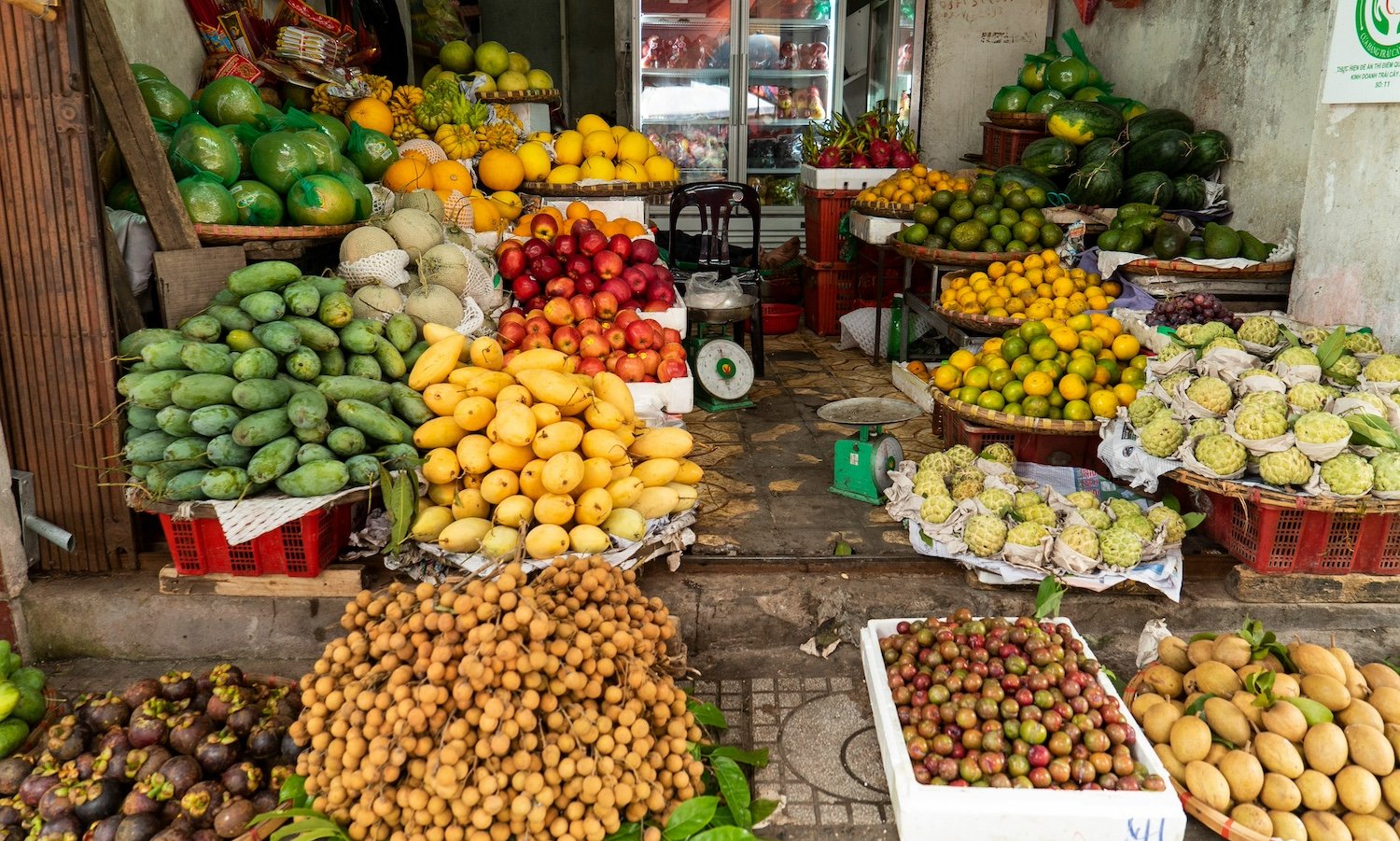
In a pivotal moment for food system reform, the 2025 True Cost Accounting Accelerator Summit—hosted at the U.N. Food and Agriculture Organization headquarters in Rome—united global leaders, civil society voices, and policy shapers under one mission: to bring accountability and clarity to what our food really costs.
True Cost Accounting (TCA), once considered a niche academic framework, has matured into a tangible solution to one of humanity’s most pressing challenges. As revealed by FAO reports, the hidden costs of our global food system—ranging from diet-related illnesses to environmental degradation—amount to a staggering $11.6 trillion annually. These are costs not seen on grocery receipts, but paid in hospital visits, climate disasters, and social inequity.

The summit, spearheaded by the Global Alliance for the Future of Food and the TCA Accelerator, served as both a celebration of progress and a roadmap for implementation. Since the launch of the TEEBAgriFood Framework in 2018, which sought to reframe how we measure agricultural success, momentum has been steadily building. Now, the focus is shifting from theory to action.
Health, Equity, and Environmental Truths Come to Light
Today’s “cheap food” is anything but cheap. According to the FAO, over 70% of food system-related hidden costs stem from poor health outcomes linked to ultra-processed, nutritionally bankrupt products. Add to this agriculture’s 30% share of global greenhouse gas emissions, widespread biodiversity loss, and exploitative labor practices, and it becomes clear—our industrial food system is eating away at both planetary and public health.
The summit emphasized that food systems reform is not about blaming individuals for their eating habits, but about restructuring policies, subsidies, and market incentives. As one speaker put it, “We can’t expect people to make good choices in a broken system.”
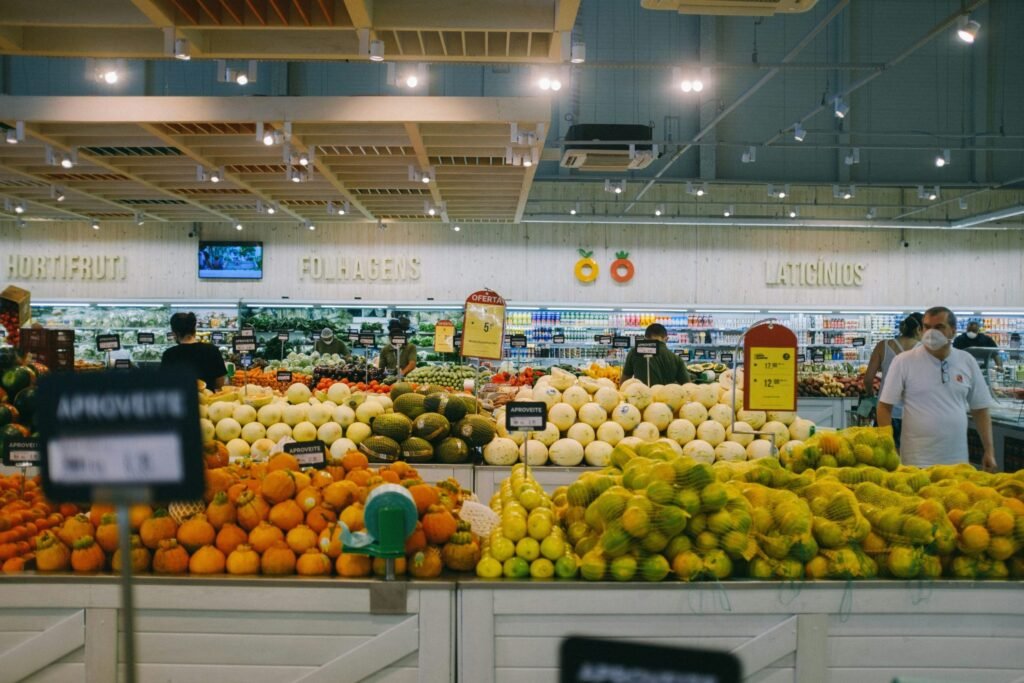
From Paper to Practice: The Andhra Pradesh and Zambia Models
One of the most compelling arguments for TCA came from its real-world applications. In Andhra Pradesh, India, studies revealed that natural farming not only improved crop yields but also doubled farmer incomes when compared to chemical-intensive practices. Meanwhile, in Zambia, the social enterprise COMACO demonstrated that sustainable farming could avoid nearly $427 million in costs by preventing land degradation and deforestation.
By assigning tangible monetary value to ecological and social benefits, TCA helps decision-makers compare outcomes not just in dollars, but in long-term sustainability, health, and resilience.
The Price Tag Debate and the Future of Food Justice
A common misconception is that TCA will make food more expensive. Advocates counter this by asserting that TCA is not about inflating prices—but about recalibrating public subsidies and investments to prioritize fair wages, healthy food, and sustainable practices. By making these shifts, nutritious food can actually become more affordable and accessible for all.
Whose Data Counts?
Another key takeaway from the summit was the need to redefine “data.” Traditional economic metrics often ignore the wisdom of farmers, Indigenous communities, and civil society. A broader, more inclusive evidence base—including oral histories, local practices, and lived experiences—is crucial to building food systems that truly work for everyone.
A Turning Point in the Global Food Narrative
With speakers like Eric Schlosser, author of Fast Food Nation, drawing parallels between journalism and food systems accountability, it’s clear that TCA is no longer a fringe concept—it’s becoming a mainstream tool to drive global change. Schlosser’s keynote was a potent reminder that food is political, personal, and planetary.
As the world scrambles to meet climate, health, and biodiversity goals by 2030, tools like True Cost Accounting may offer the clearest path forward. The challenge now is political will—and making sure the real costs of food are paid in systems, not by the suffering of people or the planet.
FOOD & WINE
Stop Eating Fruits the Wrong Way These 4 Rules Could Change Your Health Forever
From timing to combinations, experts reveal the simple fruit-eating mistakes that may be sabotaging your nutrition goals

We all know fruits are nature’s candy—bursting with vitamins, minerals, antioxidants, and natural sugars. But did you know that the way you eat them can either boost your health or backfire entirely? According to experts and ancient Ayurvedic wisdom, it’s not just what fruit you eat, but how and when you eat it that determines the benefits your body actually receives.
Celebrity nutritionist and best-selling author Rujuta Diwekar recently dropped a viral reel on Instagram where she broke down four golden rules for consuming fruits—and it’s sparking conversations across wellness communities. “We feel cool, virtuous, and healthy when we eat a big bowl of fruit salad,” she says. “But that’s not how it works.”
🔹 Rule 1: Eat fruits alone, not in a salad or after meals
It’s tempting to toss together a colorful fruit salad or nibble on mangoes after a heavy lunch—but this could be doing more harm than good. Ayurveda warns that mixing different fruits, or eating them right after a meal, can disrupt digestion and lead to bloating, heartburn, and fermentation in the gut. Experts recommend consuming fruits solo, allowing your body to process them without interference from other foods.

🔹 Rule 2: Morning is the best time for fruit
Forget late-night snacking on grapes. Fruits offer the most benefit when eaten on an empty stomach, particularly in the morning or right after a workout. They provide a quick source of natural energy, fuel digestion, and deliver maximum nutrient absorption. Late-day consumption, on the other hand, is said to diminish their potency.
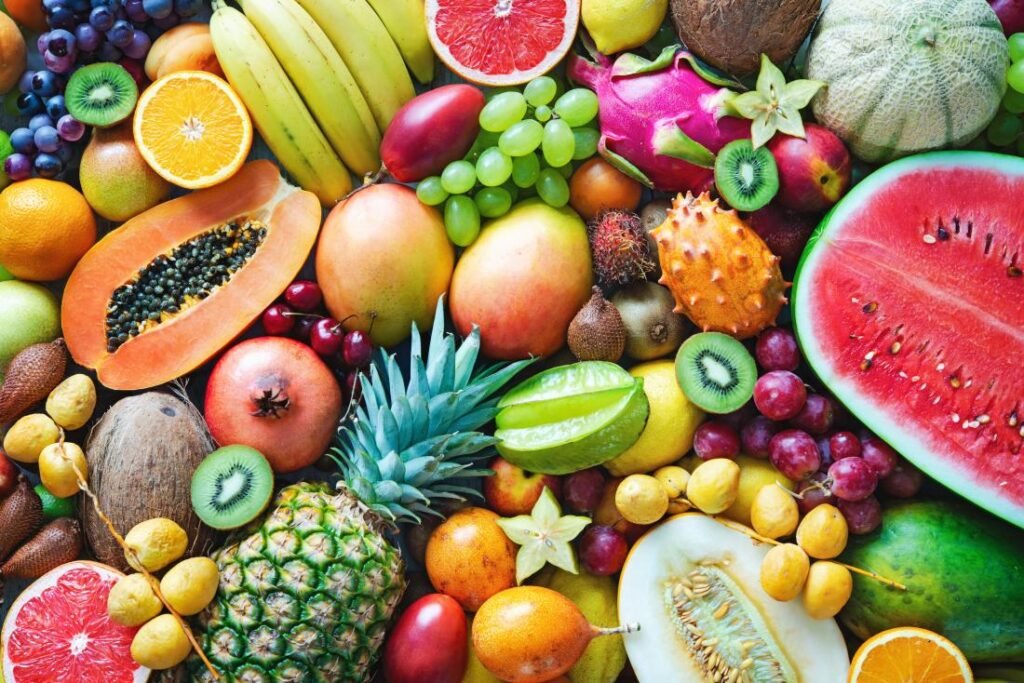
🔹 Rule 3: Always eat fruits whole, never juiced
Blending that orange or juicing those apples may seem convenient—but in doing so, you’re stripping away essential dietary fiber and slowing your digestion. “When you eat a fruit whole, the fiber binds to the natural sugars and helps your body absorb them gradually,” explains Rujuta. This prevents blood sugar spikes and keeps you full longer. In contrast, juice can spike glucose levels and even increase uric acid.
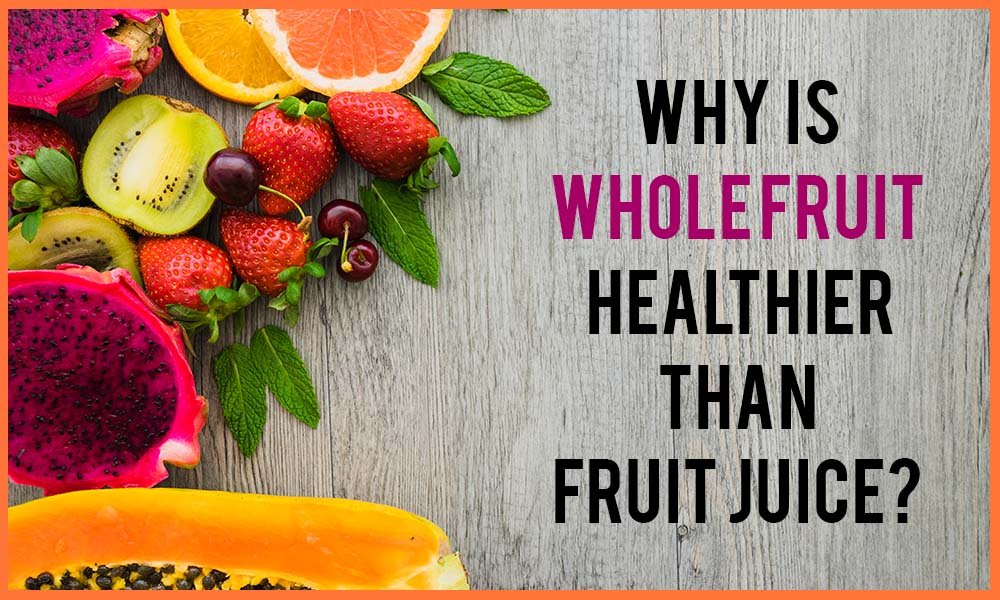
🔹 Rule 4: Choose seasonal and local fruits
That exotic dragon fruit may look Instagram-worthy, but local, seasonal fruits are richer in nutrients and better aligned with your body’s needs. As certified nutrition coach Tanisha Bawa puts it, imported fruits are often harvested before ripening and treated with chemicals to look fresh. Seasonal fruits, however, are naturally designed to help your body adapt to changing climates and fight off seasonal illnesses.
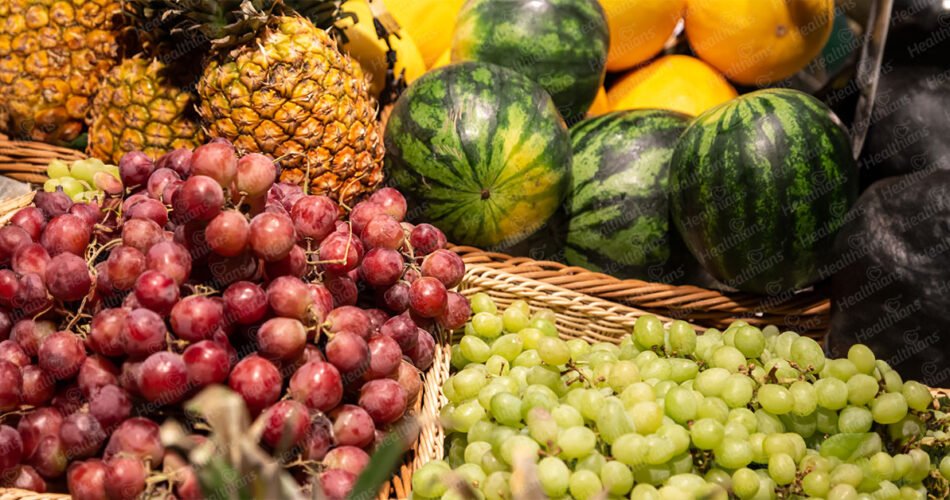
Some additional expert advice? Consider chewing your fruits slowly, and if you’re prone to sugar fluctuations, a handful of nuts before your fruit can help balance the insulin response. This small habit tweak can work wonders for sustained energy and gut health.
In today’s world of fast diets and quick fixes, fruit remains one of the most accessible and wholesome foods available. But to truly unlock its healing power, it’s time we give more thought to how we consume it.
FOOD & WINE
Walmart’s Macaroni Salad Is So Good Shoppers Say It Beats Homemade
With three rich and creamy varieties under $5, this summer side dish is winning over barbecue fans nationwide
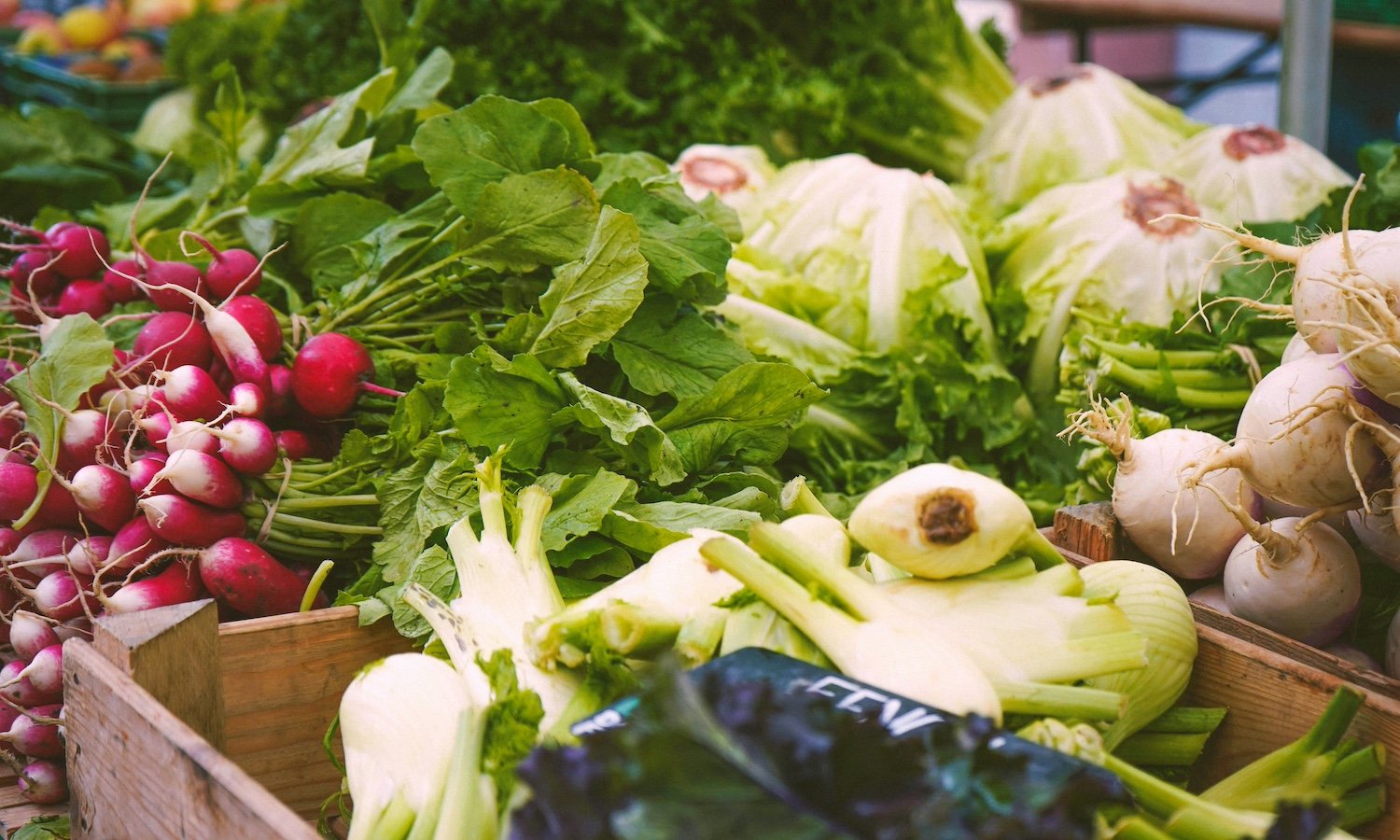
Summer’s heating up—and so are grocery carts at Walmart, especially when it comes to one creamy, tangy, crowd-pleasing classic. While steaks, ribs, and grilled chicken may take center stage on your barbecue table, Walmart’s macaroni salad is quietly stealing the spotlight, one scoop at a time.
Shoppers can’t get enough of the Freshness Guaranteed Macaroni Salads, a trio of ready-to-eat deli delights that deliver big on flavor, convenience, and value. Whether you’re prepping for a weekend cookout or just need an easy side for lunch, these pre-made salads have become the go-to summer staple for countless households.
What makes them stand out? According to loyal fans, it’s the perfect balance of sweet, creamy, and tangy, with the right crunch from chopped red bell peppers and carrots. Reviewers rave that the flavor reminds them of “grandma’s recipe”—if grandma also kept the price under five bucks.
The range includes Amish Macaroni Salad, Original Macaroni Salad, and Deviled Egg Macaroni Salad. Each variation brings its own twist while sticking to a comforting base of cooked macaroni, mayonnaise dressing, and finely diced vegetables.
Let’s break down the flavors that have shoppers hooked:
🔸 Amish Macaroni Salad
A 32-ounce container of this sweet, egg-rich salad sells for about $4.67 (location-dependent). With ingredients like sugar, mustard, vinegar, and chopped red bell pepper, this variety leans into its dessert-like sweetness. Its cult following even inspired viral copycat recipes on Reddit and TikTok, with fans asking, “Why is this so addictive?”
🔸 Original Macaroni Salad
For those craving a more savory punch, this version adds sour cream, celery, green onions, and parsley. It’s rich, balanced, and easily customizable. One Walmart reviewer wrote, “This is my go-to when I don’t have time to make my own. I add a few extra ingredients and it tastes just like homemade.” Many even compare it favorably to more expensive options at rival chains like Publix.
🔸 Deviled Egg Macaroni Salad
Love deviled eggs? Then this one’s for you. This 16-ounce variety blends hard-boiled eggs, sweet pickle relish, mustard, and a dash of cayenne for just the right kick. One shopper declared it “the only store-bought mac salad that reminded me of home.” It’s spicy, creamy, and the perfect match for grilled meats.
All three flavors are found in the refrigerated deli section and are also available online for delivery in select locations. And just like Walmart’s Loaded or Mustard Potato Salads, these pasta-based sides are a fast and flavorful way to elevate your summer menu without breaking a sweat—or the bank.
Whether you’re serving up ribs, fried chicken, or just looking for a satisfying midday snack, Walmart’s macaroni salads are delivering nostalgia and flavor in every bite. In a season where time is short and appetites are large, this simple deli gem is earning its place on picnic tables across America.
-

 Personality6 days ago
Personality6 days agoDonald Trump’s net worth reveals the fortune behind the former US President and business mogul
-

 Entertainment5 days ago
Entertainment5 days agoJonathan Joss Shot Dead at 59 in Texas Tragedy His Husband Says Was Hate-Fueled Crime
-

 Entertainment6 days ago
Entertainment6 days agoTop 5 Oscar Moments That Shook Hollywood and the World
-

 Tech1 week ago
Tech1 week agoTop 7 AI Tools Every Corporate Employee Should Use in 2025.
-

 Personality5 days ago
Personality5 days agoLionel Messi’s Net Worth Revealed and How the Football Legend Built His Multi-Million Dollar Fortune
-

 Films5 days ago
Films5 days agoRobert Pattinson’s Top 5 Films That Showcase His Evolution from Teen Idol to Indie Icon
-

 Films6 days ago
Films6 days agoJames Gunn’s Net Worth Revealed How the Filmmaker Built His Fortune
-

 Baseball MLB4 days ago
Baseball MLB4 days agoJac Caglianone Goes Hitless in Debut but Sparks Royals Comeback in Unforgettable MLB Opener












